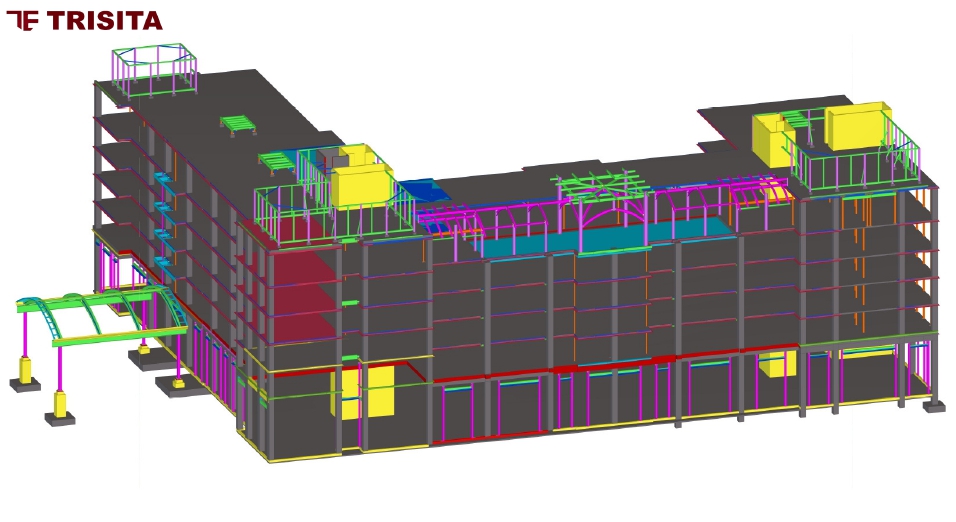Introduction
Structural steel fabrication drawings are the blueprints that guide the creation of steel structures, from skyscrapers to bridges. Understanding these drawings is crucial for anyone involved in the construction or manufacturing of steel components. This blog will delve into the key elements of structural steel fabrication drawings, providing insights for both beginners and experienced professionals.
Key Components of Structural Steel Fabrication Drawings
- Title Block: Contains essential information like the project name, drawing number, scale, date, and the names of the designer and checker.
- Revision History: Records any changes made to the drawing, including the date, revision number, and description of the modification.
- Views: Different perspectives of the structure, such as plan, elevation, and section views, to provide a comprehensive understanding of its geometry.
- Dimensions: Measurements of various components, including lengths, widths, and thicknesses.
- Material Specifications: Details about the type of steel used, its grade, and any special treatments or coatings required.
- Tolerances: Acceptable deviations from the specified dimensions to ensure proper fit and function.
- Symbols and Abbreviations: Standardized symbols and abbreviations used to represent different elements and features.
- Notes: Additional instructions or clarifications that may not be adequately conveyed through the drawings alone.
Types of Structural Steel Fabrication Drawings
- General Arrangement Drawings: Provide an overall view of the structure, showing the relationship between different components.
- Detail Drawings: Focus on specific components, providing detailed information about their dimensions, materials, and fabrication methods.
- Shop Drawings: Generated by the fabricator, these drawings show how the components will be assembled and connected.
- Erection Drawings: Guide the installation of the structure on-site, indicating the sequence of assembly and any special equipment required.
Tips for Reading Structural Steel Fabrication Drawings
- Start with the General Arrangement Drawing: Get a broad understanding of the structure’s layout before delving into the details.
- Use the Title Block and Revision History: Verify that you are working with the latest version of the drawing.
- Pay Attention to Dimensions and Tolerances: Ensure that components will fit together correctly.
- Consult the Notes and Symbols: Clarify any uncertainties or unfamiliar elements.
- Use a Drawing Scale: Accurately measure dimensions.
Conclusion
Mastering structural steel fabrication drawings is essential for anyone involved in the design, fabrication, or construction of steel structures. By understanding the key components, types, and reading tips outlined in this blog, you can effectively interpret these technical documents and contribute to successful projects.




